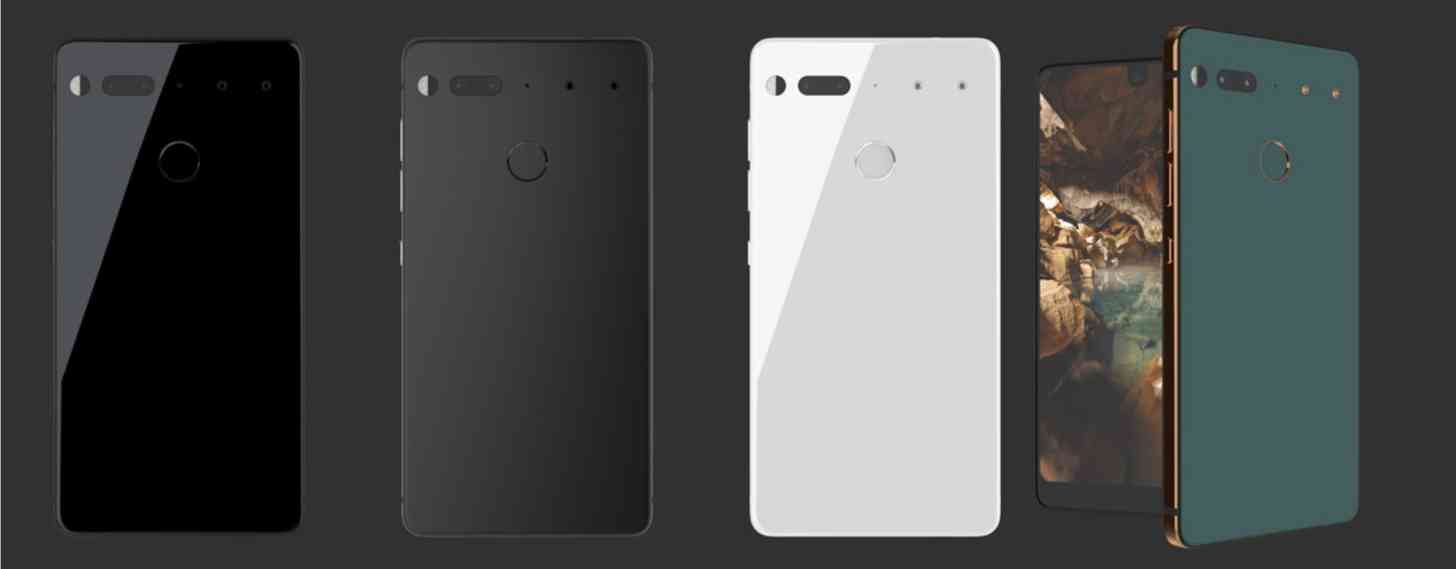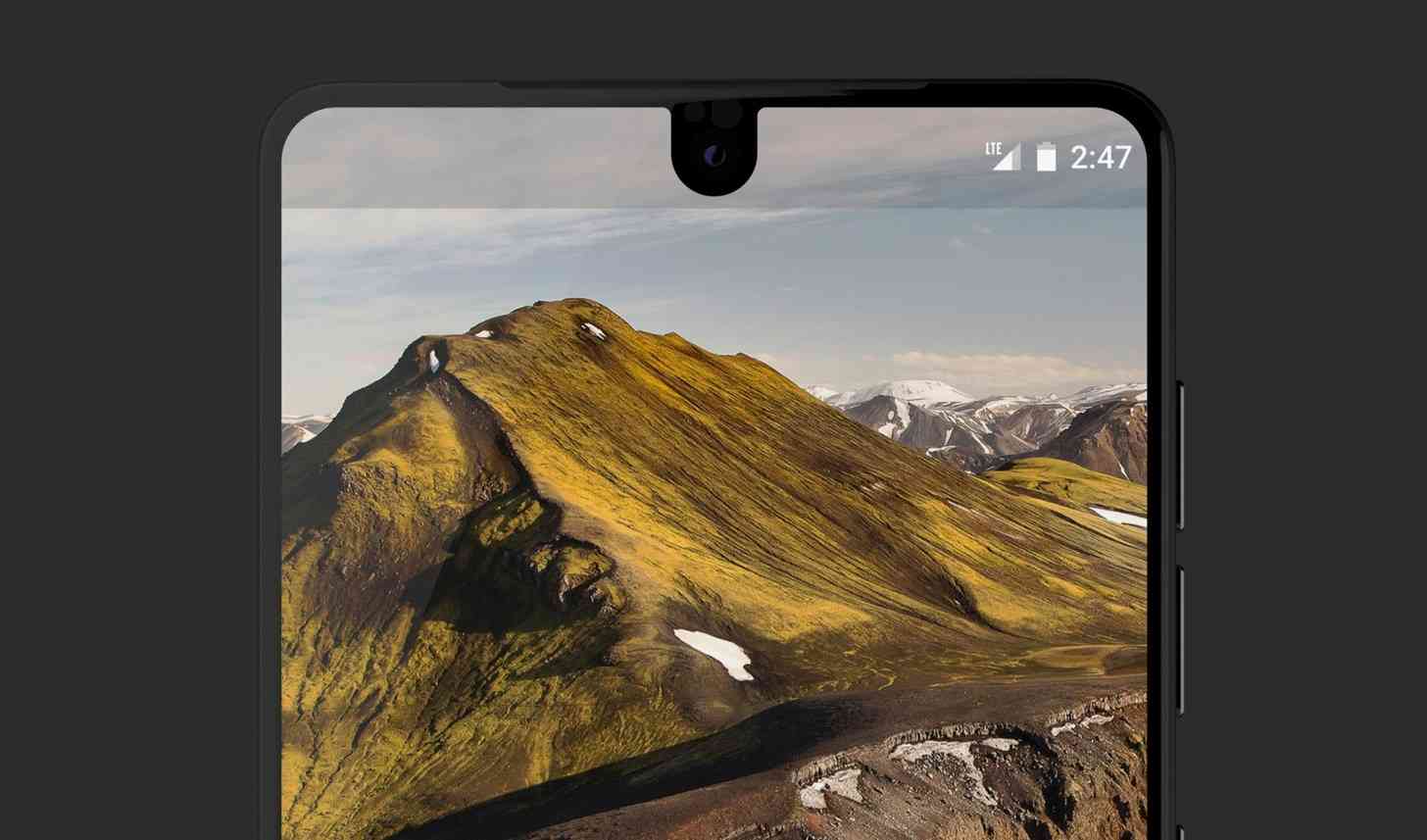
For many, seeing “no 3.5mm headphone jack” was reason enough to instantly lose interest in Essential Phone, and there’s nothing wrong with that. The strange shift from headphone jack to dongleville over the past year wasn’t exactly warranted nor appreciated, yet the idea continues to spread for no discernable reason other than everybody else is doing it. Maybe it will eventually lead to some breakthrough in the future, but I still have my bets on the headphone jack making a microSD-card like return. But I digress.
However, those who have already adapted to life without headphone jacks may be intrigued by today’s unveiling of the Essential Phone, a device created by Essential, which was founded by Andy Rubin, a.k.a. “the father of Android”. Exhibiting arguably the hottest trend of 2017, Essential Phone has extremely thin bezels, a 5.7-inch QHD display, Snapdragon 835 processor, 4GB of RAM, 128GB of internal storage, 13-megapixel rear-facing camera, 8-megapixel front-facing camera, and a 3040 mAh battery. The device uses Essential's new Ambient UI.

On the design front, the Essential Phone remains somewhat unique among other bezel-less competitors like the LG G6 and Samsung Galaxy S8. Essential boasts that the phone’s ceramic and titanium build make it stronger than its competitors who used aluminum, and claims that it can drop and survive “without blemish, unlike the aluminum competitor devices.” It features a fingerprint sensor on the center back of the device, and the 13-megapixel camera and flash rest in the upper left-hand corner. The front of the device features extremely thin bezels on three sides, but has a thicker chin on the bottom. The front-facing camera strangely invades the screen in a weird, protruding manner. It is offered in Black Moon and Pure White variants, and will eventually offer Stellar Grey and Ocean Depths as well.
Essential Phone also has some accessories offered alongside the device, such as a 360-degree camera and a charging dock, both of which connect through magnetic connectors and wireless data transfers.
There are a couple of puzzling aspects about the device that might make one question whether this is a good value at $699. On the plus side, it is cheaper than most flagships that have 128GB of internal storage, but there isn’t a microSD card slot. However, aside from its nearly $700 price tag, the device won’t be offered through carriers, despite the fact that it’s one of the rare phones that supports both GSM and CDMA radios. Still, without being offered directly through carriers, general consumers (in the States, at least) likely won’t have much exposure to it, and the ones that do may be turned off from it simply by not having the ability to finance such an expensive device directly through their carriers.
No headphone jack is also a real downer, not to mention there’s no mention that the phone has any sort of waterproof or dustproof protection. So, while it might very well be stronger against drops in comparison to aluminum and glass phones, it doesn’t sound as if it would hold up as well in harsher environments that can be just as damaging, if not more so, than drops.
In my opinion, the device looks slick, and the ability to work with so many carriers is a welcome addition. However, it’s pricing and overall availability hinder its chances at success being a new brand in an already highly competitive industry. While the nickname “Father of Android” gives the company and device credibility, I’m just not sure it’s enough to overcome the setbacks that come with the device.
Readers, what are your thoughts on Essential Phone? Are its design and features enough to win you over, or is it missing too many “essentials”? Let us know your thoughts in the comments below!